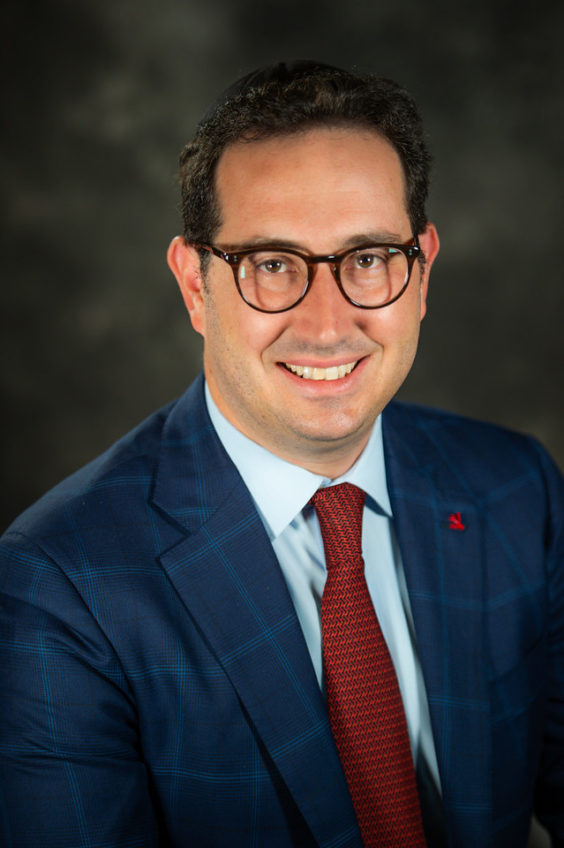
As we know, on Oct. 1, the Centers for Medicare & Medicaid Services changes its reimbursement emphasis away from the sort of recuperative care that’s typically administered in skilled nursing facilities to one that’s centered on acute, long-standing conditions. It will create a whole new risk environment for providers. But the vast majority aren’t even close to being prepared to deal with the repercussions.
The soon-to-be-replaced Resource Utilization Group Version IV (RUG-IV) quantifies the Medicare reimbursement according to the amount of therapy required each week for fairly routine, non-complex situations, like recovery from a hip or knee replacement. The Patient Driven Payment Model will shift higher reimbursements toward care for conditions like multiple sclerosis, amyotrophic lateral sclerosis (Lou Gehrig’s disease) or dementia that are far more clinically complex to understand and manage.
The need for this transition stems from a long-standing – and growing – public concern over the greying of America. Every day until 2030, there are 10,000 baby boomers who turn 65. It is putting mounting pressure on our system of care and on our primary way of paying for it – Medicare and Medicaid.
Shifting from the RUG-IV “quantity” emphasis to one that’s more oriented toward patients with longer-term care needs should relieve that burden.
The good news is that this focus can drive more and sustained revenue along with care over time. But to be in a position to take on new residents with high-complexity conditions, facilities need to train their staff on how to manage them. And there’s the rub. If they’re just starting now, they’re late to the party.
Facilities are already dealing with a risky situation with high clinical care turnover – running from 55% to 75% but in some cases as high as 100%. But the PDPM model demands a higher level of competence among professionals who may not have had enough training. Here are some frameworks around it:
1. Clinical complexity ups the game on documentation
Documentation hasn’t been incentivized under RUG-IV because operators are paid for the number of minutes of therapy given – such as for hip replacement recuperation – but aren’t paid for illnesses such as depression if that emerges in treatment. Under PDPM, though, the reimbursement is greater if the mental healthcare of the patient is factored into the equation and proactively dealt with. That means documenting diagnosis is necessary to be compensated for it.
2. Staff needs the training to be up to snuff
The facility’s professional staff must be competent enough to capture all the diagnoses so that they are accurately charting the conditions and treatment needs of the residents. This is key for the continuum of care, of course, as well as for reimbursement documentation. If it’s not done right, money will be left on the table. Staff training is important for other purposes, too. The more complex cases are likely to require treatments that may require refresher courses for staff – such as procedures for IV or ventilator use, for example.
3. Ensure against communication failures
Skilled care facilities typically have three shifts that provide around-the-clock resident coverage, which is good for care, but complicate communications. The more clinically complex residents are likely to have multiple diagnoses and fragile conditions that can easily change in a short span of time. That makes it critical to double down on best practices for clear and timely documentation and communications to call out important chart changes from one shift team to the next.
The skilled care community is being pushed to respond to a changing social environment, and many aren’t yet ready for the shift. But the costs of not being ready are astronomical, especially to our system bearing the unsustainable burden of a fast-aging population.
Gerald Stoll serves as a Vice President with the Healthcare Division of HUB International Northeast, a leading global insurance brokerage.





